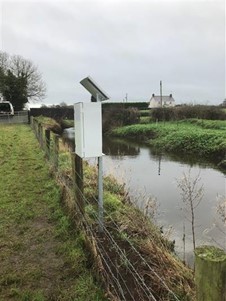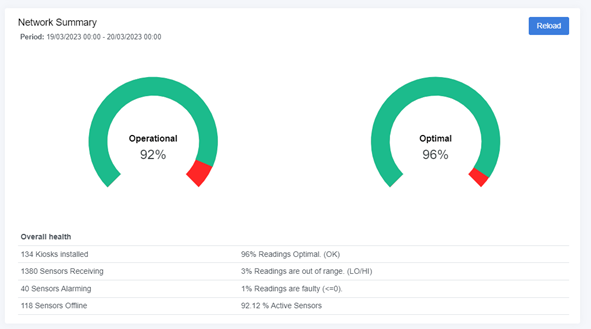How the UK's largest real-time catchment monitoring network is leading the way
Abstract
RS Hydro and Proteus Instruments have supplied a UK Water Company with the largest real-time catchment monitoring network in the UK with over 250 outstations monitoring water quality, level and weather. Providing 131 multiparameter sondes to date with a significant extension on the horizon. A further 60 dissolved oxygen sondes have also been provided. Sondes vary from a single parameter (Trimeter) through to multiparameter solutions using the EasyProbe30 (turbidity, TSS, DO, pH/ORP, ammonium and temperature), Manta+ and Proteus (all of the previous parameters plus BOD/COD, tryptophan, CDOM and the potential for E.coli).

Largest referenced project of its type in UK, possibly Europe.
Project is ahead of any equivalent project for a WASCO in GB.
Success of project is a consequence of innovation and collaboration between all parties.
Equipment Used
131 Multiparameter sondes (Trimeters, Mantas, EasyProbes & Proteus), 60 DO probes, 4 weather stations, 12 rain gauges, 50 level sensors and 300+ IOT RTU telemetry units.
Solution
As part of this specific project there are 150+ live outstations. All of the outstations are connected to Outpost RTUs supplied and supported by RS Hydro/Proteus Instruments. The RTUs are low powered using small solar panels (typically 10-watts) and provide data every 5 mins 24/7/365. This also contributes to the UK Water Company’s net-zero target by using no mains power. Using the API from the telemetry system, all data is seamlessly connected into their central database (SENTRY). The images below provide a dashboard for alarms and operability. The network is calibrated and maintained by McAdam Design staff with training, remote support and data hosting by RS Hydro.

The first sensors to be deployed were Trimeters with DO and depth sensors. From there, Manta+, EasyProbes and Proteus units have all been deployed. RS Hydro have provided the water quality instrumentation, kiosks and telemetry for this project incorporating RSH design and specifications. This project is a benchmark in the UK for the Environment Act and as such are the first organisation to roll out mass deployments. There has been more experience accrued for this single project than any other equivalent project in the UK for monitoring catchment upstream/downstream of CSOs. This unique experience can be shared with others going forward. There is little doubt that much of this monitoring hinges on how onerous ammonium sensor maintenance will be; we have worked with this UK Water Company to optimise the maintenance requirements of these sensors. However, all ISE sensors will require regular maintenance with a significant cost factor and will always be more expensive to maintain than any other sensor.
There is little doubt that this project is a benchmark in the UK for the Environment Act and as such are the first organisation to roll out mass deployments.
The organisation have been very impressed by RS Hydro and Proteus Instruments and are currently exploring the potential for Proteus to provide real-time data for WWTW FE applications for BOD/COD, E. coli for rivers and lakes, optical ammonium (instead of Ion Selective Electrodes) and also Total P & OrthoP. Currently, all manufacturers recommend that ammonium ISEs are calibrated every 4-6 weeks. Our unique solution for optical ammonium would mean that the optical ammonium sensor would only need one calibration per year whereas an ammonium ISE would need 8-12 per annum; the cost savings are enormous but the reliability, stability and accuracy is also massively improved. Once again, this makes a huge contribution to saving money and carbon. It is possible to see the scale of the issue when you look at the Environment Agency’s (EA) own network of sondes using ammonium ISEs that drift rapidly and constantly need swapping. Click here. RS Hydro/Proteus Instruments do not provide any of these sondes and recommend that the EA switch to optical measurement for better reliability, accuracy and lower cost

